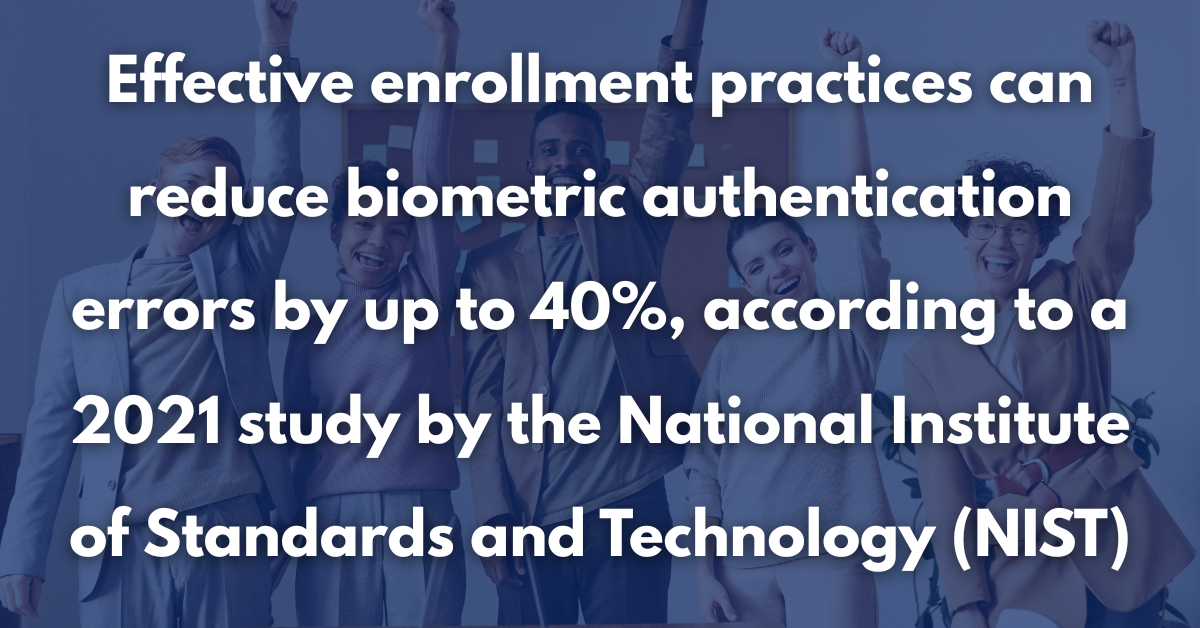Categories
Biometric security systems, encompassing fingerprint, facial, and palm vein recognition, are revolutionizing how organizations safeguard sensitive assets and data. Yet, their efficacy relies on strategic optimization to mitigate risks, minimize errors, and foster user confidence.
Issues like outdated firmware, environmental interference, or weak enrollment can undermine performance. This article presents five essential biometric security optimization tips to strengthen system reliability, security, and usability across diverse applications in 2025.

Selecting and fine-tuning the right devices is a cornerstone biometric security optimization tip, ensuring alignment with the unique demands of fingerprint, facial, or palm vein technologies.
Choose fingerprint scanners for office access, 3D facial cameras for high-traffic venues, and palm vein systems for critical security zones.
Test configurations under diverse conditions (e.g., low light for facial, moisture for fingerprint) to optimize accuracy and reliability across modalities.
Robust enrollment and stringent data protection are vital biometric security optimization tips, ensuring accurate authentication and safeguarding against breaches for fingerprint, facial, and palm vein systems.
Conduct enrollment in controlled settings to capture high-quality biometric templates.

Capture 3–5 samples per modality (e.g., varied facial angles, multiple palm scans) to create comprehensive profiles.
Train users on proper techniques: light pressure for fingerprints, steady gaze for facial scans, and stable hover for palm vein systems to ensure consistent results.
Use AES-256 encryption for all biometric templates, whether fingerprint, facial, or palm vein.
Enforce role-based access to limit who can manage or view biometric records, enhancing security.
Tailoring the environment to support fingerprint, facial, and palm vein systems is a critical biometric security optimization tip, as external factors can significantly impact performance.
Install light diffusers for facial recognition to manage uneven lighting, improving detection accuracy.
Use weatherproof covers for outdoor fingerprint or palm vein scanners to shield against rain or dust.
Provide hand-warming stations in cold environments to ensure readable fingerprints and palm vein scans.
Enhancing defenses against unauthorized access is a key biometric security optimization tip, critical for fingerprint, facial, and palm vein systems. Deploy modality-specific anti-spoofing features:
Update firmware bi-monthly to address emerging threats, especially for facial systems vulnerable to sophisticated spoofs. Integrate multi-modal systems or secondary authentication (e.g., passcodes or smartcards) in high-security areas to reinforce protection, reducing reliance on a single modality.
Test liveness detection settings on fingerprint and palm vein scanners to ensure effectiveness.
Combine biometrics with a secondary factor in critical zones to minimize single-point vulnerabilities.
Automate firmware updates to keep all systems protected against evolving spoofing techniques.
Continuous performance monitoring and refinement are essential biometric security optimization tips to maintain reliability for fingerprint, facial, and palm vein systems. Use analytics to track modality-specific metrics:
Review user activity logs for anomalies, such as repeated failed attempts, which could signal spoofing efforts. Conduct bi-monthly IT reviews to adjust settings, like facial camera angles or palm scanner sensitivity, and collect user feedback via QR code surveys to address usability concerns, boosting adoption across modalities.
Track modality-specific errors (e.g., false rejections in palm scans due to poor angles) and adjust configurations accordingly.
Use feedback to refine user experience, such as adding palm positioning guides for vein scanners.
Retrain users or recalibrate devices based on analytics to ensure sustained performance and reliability.
Optimizing biometric security systems for fingerprint, facial, and palm vein recognition is essential for robust protection and seamless operation in 2025. These five biometric security optimization tips—selecting and configuring devices, strengthening enrollment and data security, optimizing environmental conditions, enhancing anti-spoofing measures, and monitoring performance—provide a comprehensive roadmap. By implementing these biometric security enhancement strategies, you’ll ensure your system is secure, efficient, and user-friendly, positioning your organization as a leader in biometric security innovation.